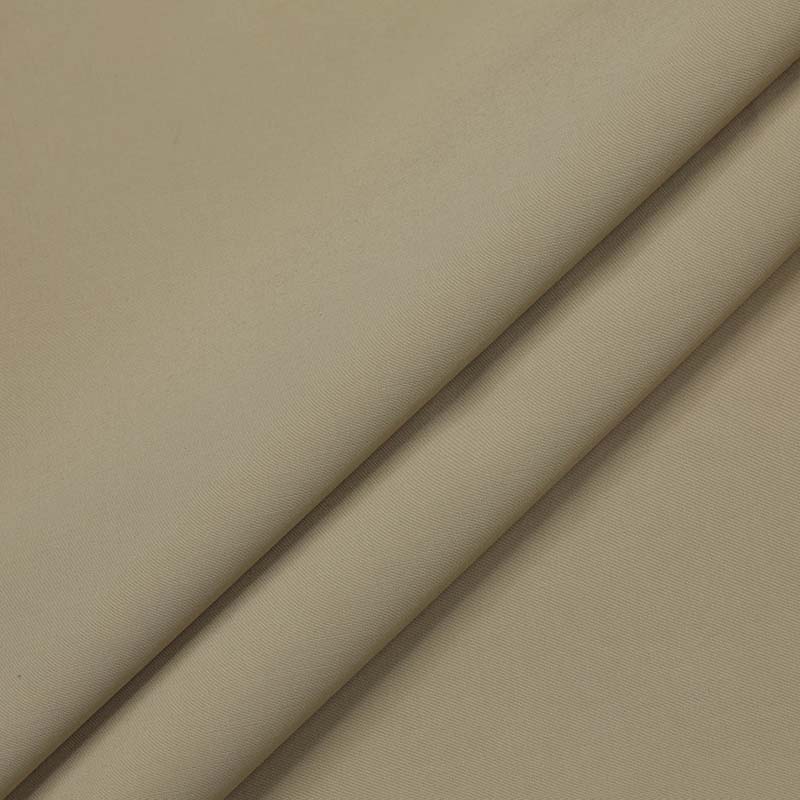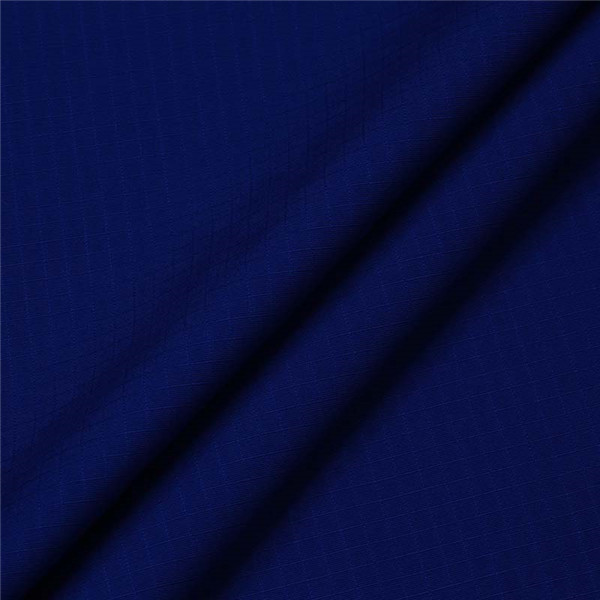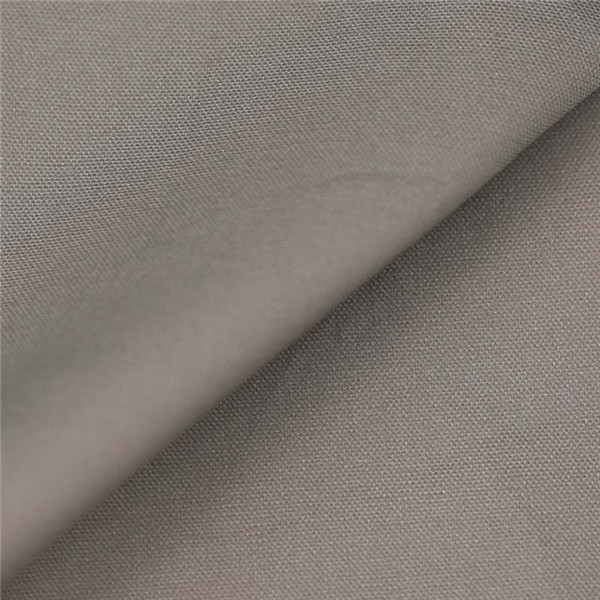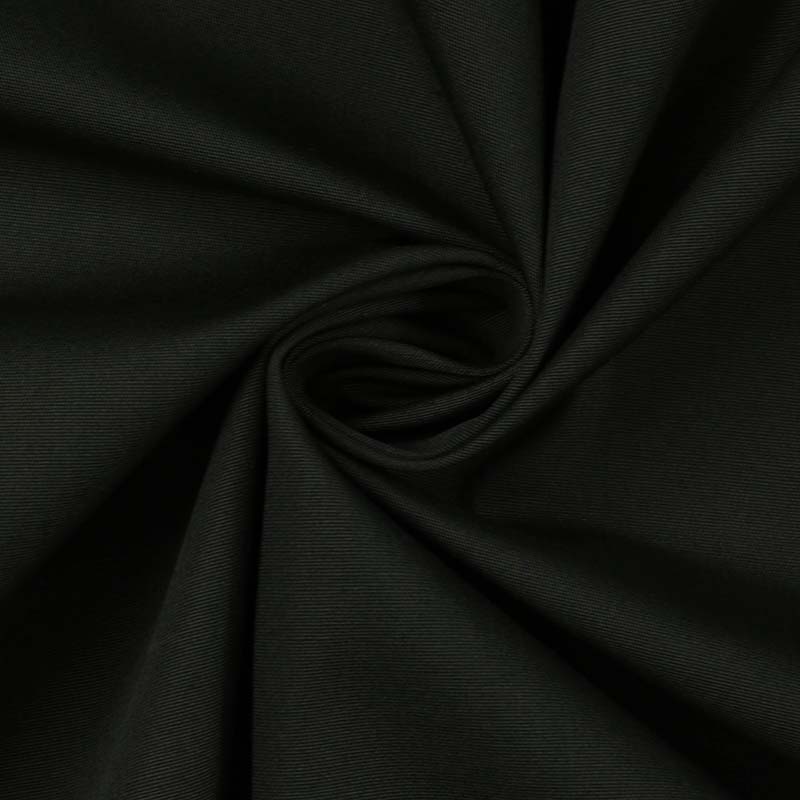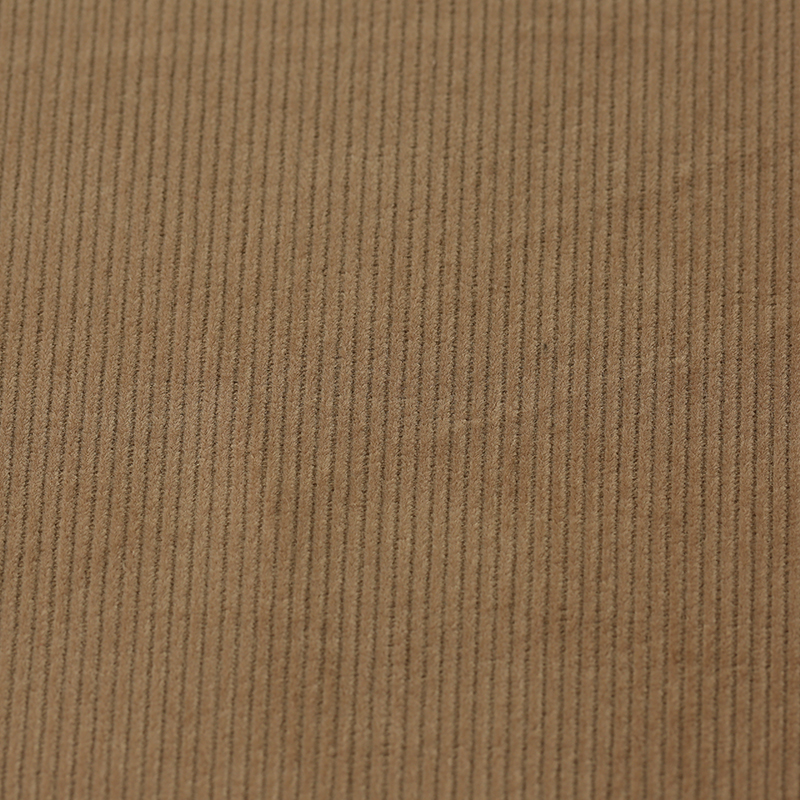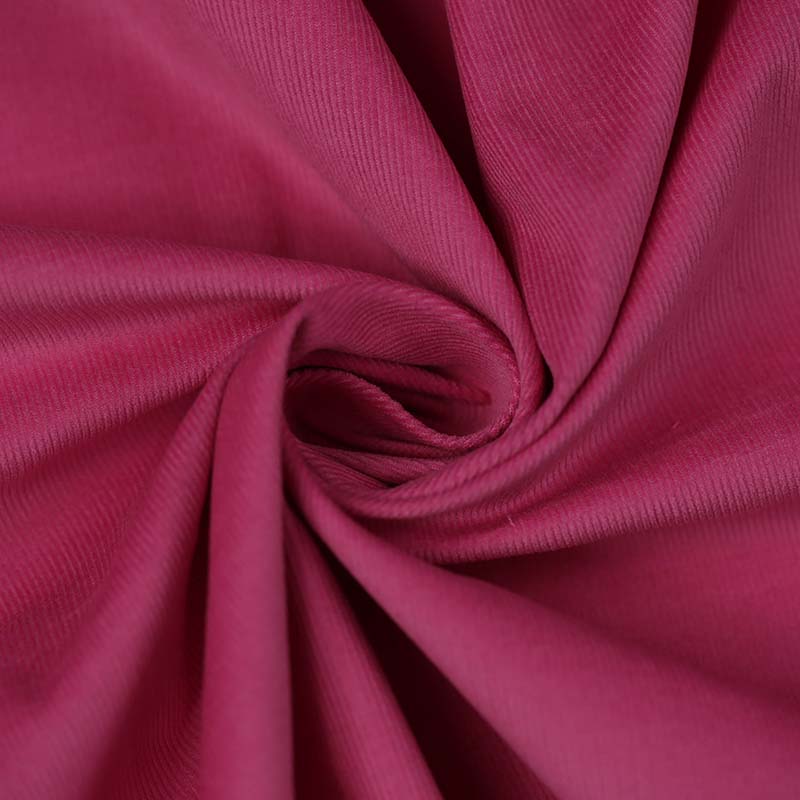Massive Selection for Plain Teal Fabric - 98% cotton 2%elastane 21W corduroy with elastane fabric 16*12+12/70D 66*134 for garments,kids garment, bags and hats, coat, pants – Xiang Kuan
Massive Selection for Plain Teal Fabric - 98% cotton 2%elastane 21W corduroy with elastane fabric 16*12+12/70D 66*134 for garments,kids garment, bags and hats, coat, pants – Xiang Kuan Detail:
| Art No. | MDT28390Z |
| Composition | 98%Cotton2%Elastane |
| Yarn Count | 16*12+12+70D |
| Density | 66*134 |
| Full Width | 55/56″ |
| Weave | 21W Corduroy |
| Weight | 308g/㎡ |
| Fabric Characteristics | High strength, stiff and smooth, texture ,fashion, environmentally friendly |
| Available Color | Navy, etc. |
| Finish | Regular |
| Width Instruction | Edge-to-edge |
| Density Instruction | Finished Fabric Density |
| Delivery Port | Any port in China |
| Sample Swatches | Available |
| Packing | Rolls, fabrics length less than 30 yards are not acceptable. |
| Min order quantity | 5000 meter per color,5000 meter per order |
| Production Time | 25-30days |
| Supply Ability | 300,000 meters per month |
| End Use | Coat, Pants, Outdoor Garments, etc. |
| Payment Terms | T/T in advance, LC at sight. |
| Shipment Terms | FOB, CRF and CIF, etc. |
Fabric Inspection
This fabric can meet GB/T standard, ISO standard, JIS standard, US standard. All the fabrics will be 100 percent inspected before shipment according to American four point system standard.
History of corduroy fabric
Fabric historians believe that corduroy originated from an Egyptian fabric called fustian, which was developed in approximately 200 AD. Like corduroy, fustian fabric features raised ridges, but this type of fabric is much rougher and less closely woven than modern corduroy.
Textile manufacturers in England developed modern corduroy in the 18th century. The source of this fabric’s name remains debated, but it’s highly unlikely that at least one widely popularized etymological theory is correct: Some sources suggest that the word “corduroy” comes from the French corduroy (cord of the king) and that courtiers and nobility in France commonly wore this fabric, but no historical data back up this position.
Instead, it is more likely that British textile manufacturers adopted this name from “ kings-cordes,” which certainly did exist during the early 19th century. It’s also possible that this name draws its origins from the British surname Corduroy.
Regardless of why this fabric is called “corduroy,” it became highly popular among all strata of British society throughout the 1700s. By the 19th century, however, velvet had replaced corduroy as the most sumptuous fabric available to the elite, and corduroy received the derogatory nickname “poor man’s velvet.”
Product detail pictures:
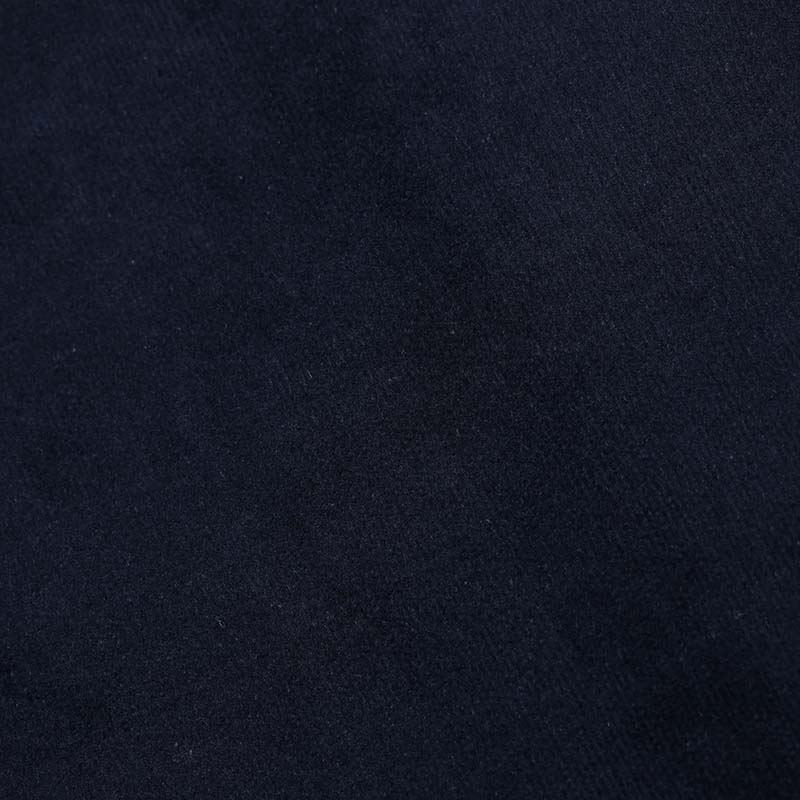
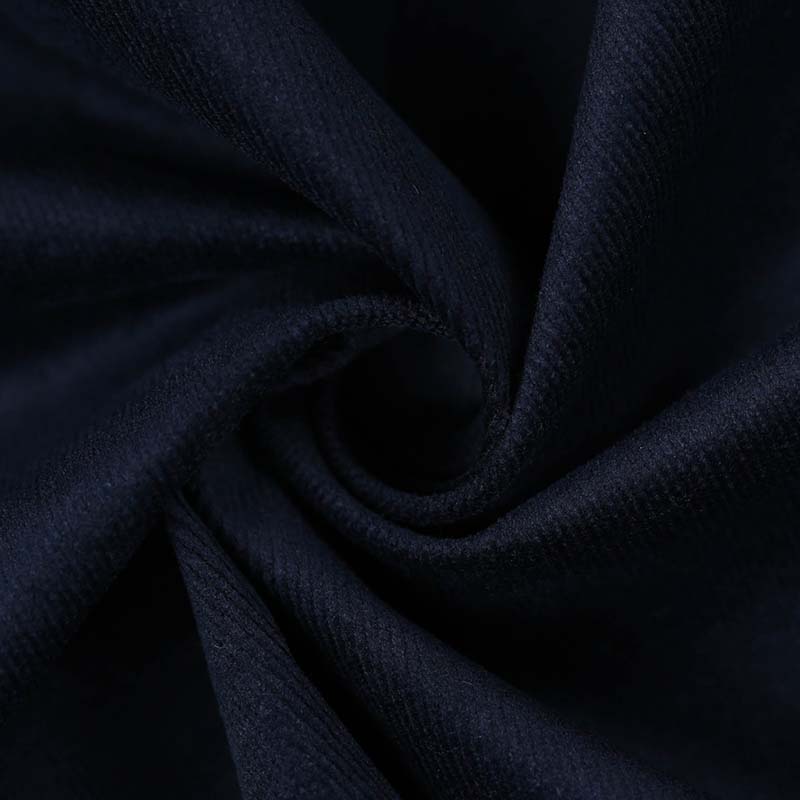
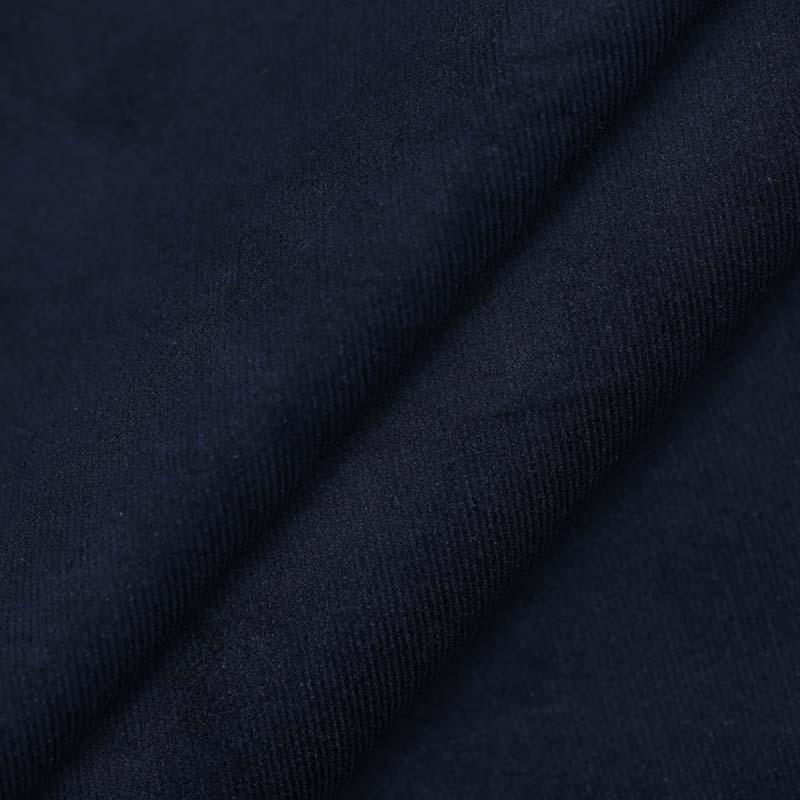
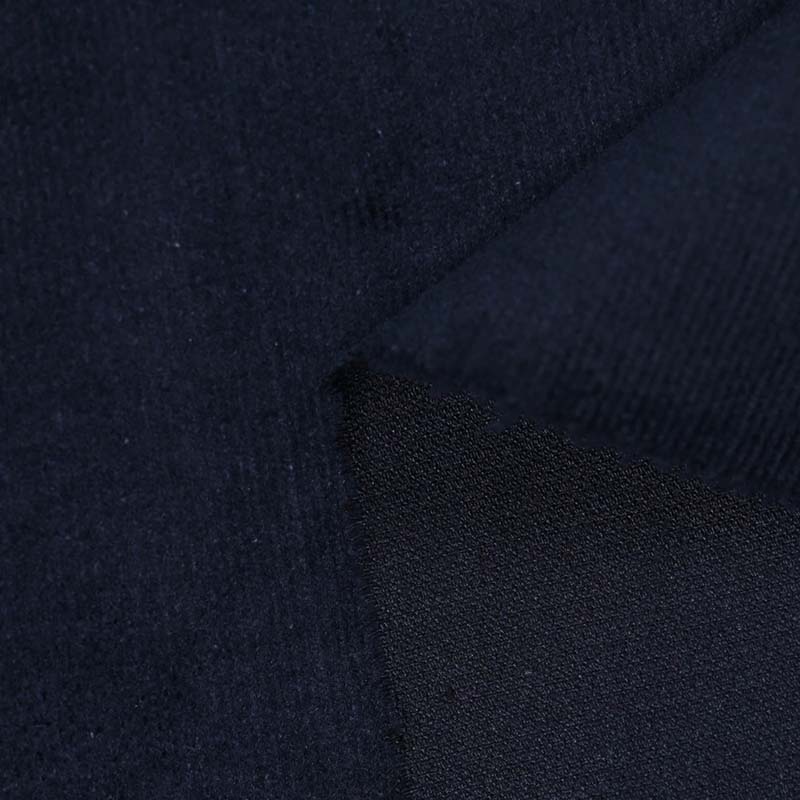
Related Product Guide:
Our products are broadly identified and trustworthy by people and may meet continually modifying financial and social requires of Massive Selection for Plain Teal Fabric - 98% cotton 2%elastane 21W corduroy with elastane fabric 16*12+12/70D 66*134 for garments,kids garment, bags and hats, coat, pants – Xiang Kuan , The product will supply to all over the world, such as: Amman, Morocco, Venezuela, We are proud to supply our products and solutions to every costumer all around the world with our flexible, fast efficient services and strictest quality control standard which has always approved and praised by customers.
This company has the idea of "better quality, lower processing costs, prices are more reasonable", so they have competitive product quality and price, that's the main reason we chose to cooperate.

